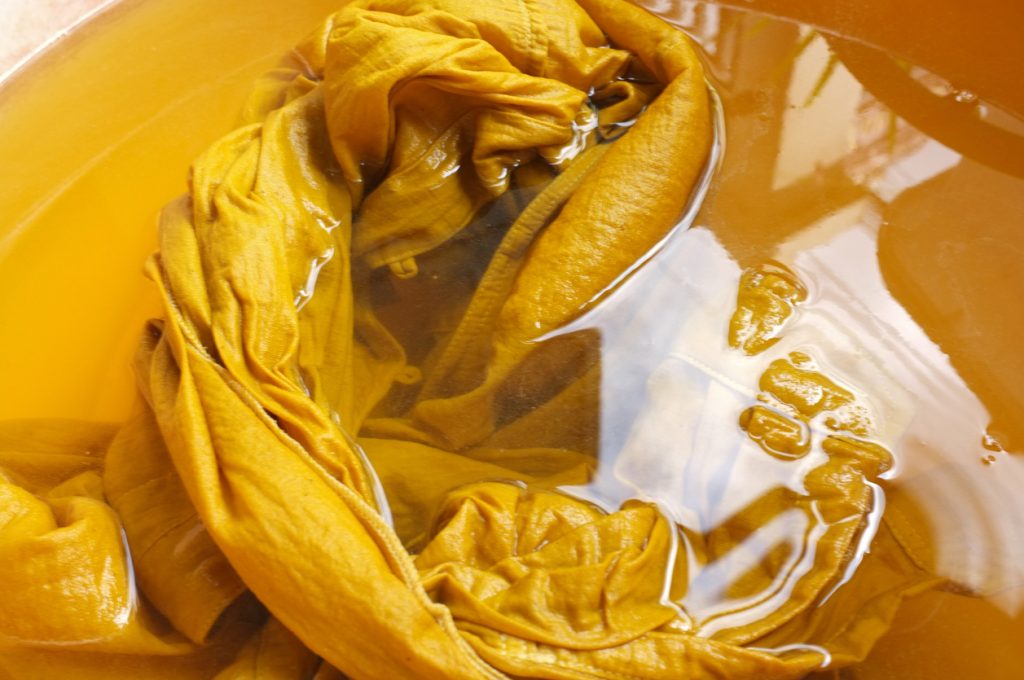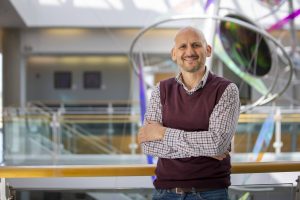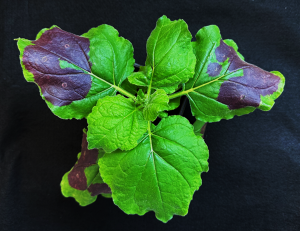
A spark of curiosity about sustainable materials has taken Jaime Barros-Rios, a Mizzou plant scientist, far beyond his usual work with model plants, soybeans, and corn. Today, he’s collaborating with a marine biologist and a New York City fashion innovator on a project that could revolutionize working conditions and sustainability in the global textile industry.
Barros-Rios’s journey began at Scialog, a unique interdisciplinary conference organized by the Research Corporation for Science and Advancement. The conference name — a combination of “science” and “dialog” — reflects its mission: bringing together scientists from different fields to foster collaboration on innovative solutions.

“It was really amazing,” Barros-Rios said. “This was unlike any other conference I’ve attended in my academic career.”
At Scialog, participants are seated at tables with experts from a variety of disciplines for 30-minute brainstorming sessions. At one of these tables, Barros-Rios met marine biologist Loretta Roberson and Helen Zha, associate director of the New York Fashion Innovation Center. The trio quickly realized their shared vision of creating sustainable, plant-based textile dyes that could reduce environmental impact and improve working conditions in the fashion industry.
Their ambitious plan involves using coral proteins to genetically modify plants and algae to produce different colors for fabric dyes. Barros-Rios brings key expertise to the project: in his lab, he successfully altered proteins in tobacco plants to change their leaf color to red. Now, he’s sharing his knowledge with Roberson, who will adapt the process to algae.
“Algae is more sustainable than other plants because it requires less energy to grow and harvest,” Barros-Rios explained.
The environmental advantages are clear, but the team’s innovation also addresses human concerns. Many synthetic dyes used in fashion involve toxic chemicals, creating hazardous working environments for fabric dyers. Plant or algae-based dyes could provide a safer, cost-effective alternative, vastly reducing chemical exposure and improving labor conditions.

“This is high-risk, high-reward research,” Barros-Rios said, reflecting on the project’s potential to transform an industry.
The project is funded by the Kavli Foundation, which supports basic research in areas such as astrophysics, nanoscience, neuroscience and theoretical physics, with a mission to strengthen the relationship between science and society.
“By combining expertise across disciplines, this partnership not only underscores the value of collaboration but also offers hope for a more sustainable and humane future for the global textile industry,” Barros-Rios said.